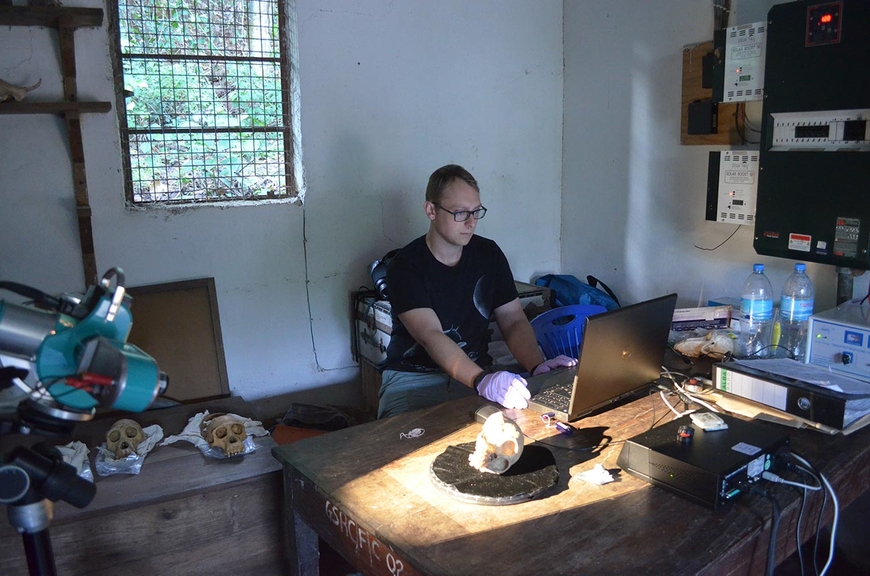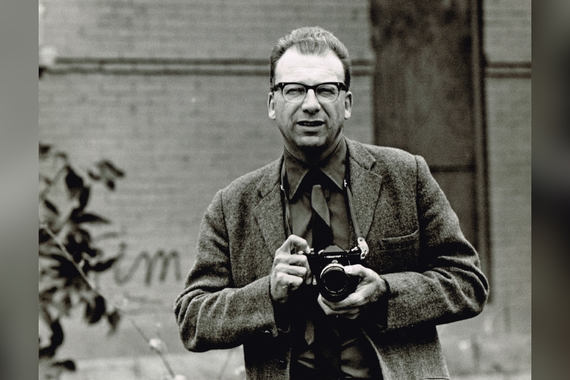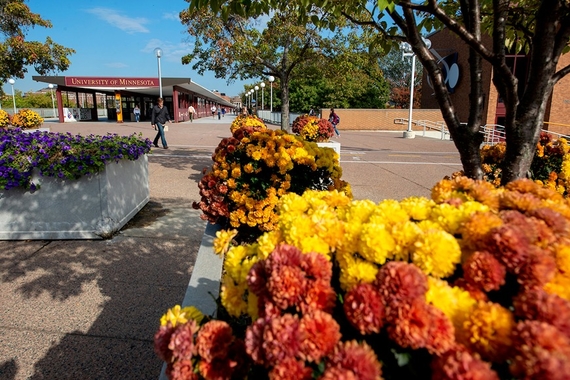Meet Jason Massey, PhD biological anthropology student
What inspired you to study anthropology?
I was required to take an introduction to anthropology course in college for my degree. The course was four-field, meaning that we covered cultural anthropology, archaeology, linguistics, and biological anthropology in that semester. It was really interesting, but I was blown away by the section on biological anthropology. My professor was a cultural anthropologist and didn’t know a thing about biological anthropology. Fortunately, he brought in a colleague of his for a few lectures in that portion of the course. Because of those lectures, I took more anthropology courses and eventually changed my major. In the summer before my junior year, I went with my professor’s colleague to his field site. That’s when I realized that I had to go to graduate school and pursue a career in anthropology.
What is your dissertation about?
I am studying population-level differences in growth and development of the skull among chimpanzees and gorillas. It has been shown that different human populations grow at varying rates, but this has not been replicated in other ape species from which we draw conclusions about the human fossil record.
Do you have a favorite undergraduate course?
Comparative Chordate Anatomy stands out as a super interesting class. In that course, we dissected cats, rats, sharks, and salamanders. It was a real lesson in the fact that no matter how different organisms seem, all life on Earth is related to each other by a shared common ancestor.
What’s the most interesting experience you’ve had while working on/traveling for your research?
I was helping out on my colleagues’ project that involved acquiring the bones of gorillas and chimpanzees while in Rwanda and Tanzania, respectively. This involved burying recently deceased apes so that they can decompose. Then, about a year later, returning to exhume the remains and cleaning off the bones. It's rather strange, but studying the bones of animals whose entire life histories are known (these individuals are continuously studied throughout their entire lives) allows for invaluable comparisons of behavior and morphology.
Name the coolest thing you’ve learned from anthropology.
I think most people see bones as these ridged rods in your body that protect your major organs and help you move around. But in fact, bones are highly dynamic organs that continuously change throughout your life. While bones must be rigid, they must also be flexible to accommodate changes in your life. By looking at a person’s bones, you can determine their sex, weight, height, diet, activity level, serious pathologies, and any trauma sustained throughout the lifetime (not just recent bone breaks). So bones are constantly balancing this line between being super rigid for protection and movement and being super flexible allowing you to adapt to physical lifestyle changes.



